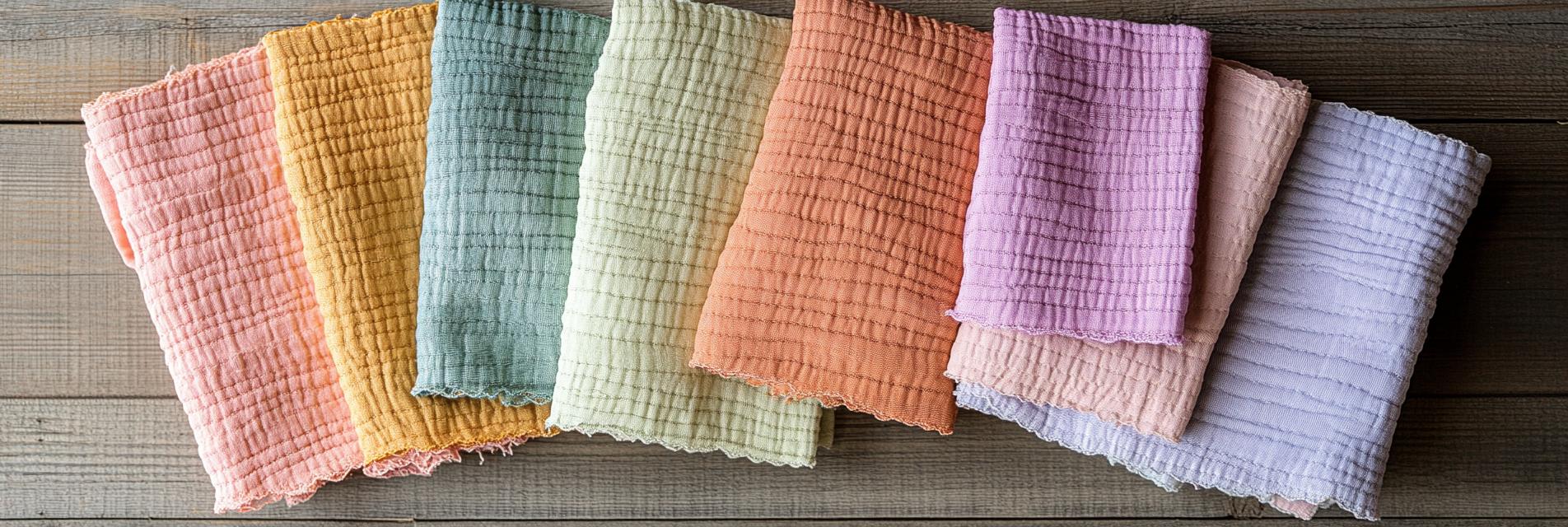In recent years, the textile industry has witnessed significant transformations, particularly in the arena of fabric dyes and materials. As an enthusiast in textile marketing, I have closely monitored how crepe dyed plain cotton fabrics have evolved, reflecting not only changes in production techniques but also shifts in consumer preferences. This article presents an organized timeline of the trends influencing the market, providing a well-rounded insight into what drives consumer choices.
The beginning of 2015 marked a pivotal shift in the demand for eco-friendly materials. As consumers became more environmentally conscious, the adoption of natural and biodegradable dyes in crepe dyed fabrics gained momentum. This trend prompted manufacturers to invest in sustainable practices, which not only catered to consumer demand but also set a foundation for long-term market viability.
By 2018, customization emerged as a significant trend. Consumers sought fabrics that reflected their individual styles and preferences. The availability of bespoke solutions in crepe dyed plain cotton textiles encouraged brands to expand their offerings, allowing for personalization in color choices and patterns. This move not only differentiated brands in a crowded market but also created a sense of ownership among consumers.
The pandemic of 2020 shifted consumer focus towards local and artisanal products. In 2021, there was a noticeable trend towards heritage fabrics, where consumers preferred timeless designs and textures reminiscent of historical textiles. This return to heritage has highlighted the value of craftsmanship and the story behind each fabric, influencing the production decisions of textile manufacturers.
Today, consumer preferences are more nuanced and informed than ever before. A survey conducted in late 2023 indicates that over 60% of consumers prioritize sustainability when making fabric choices. Furthermore, 45% of respondents indicated a preference for locally sourced materials, showcasing an increased demand for transparency within the textile supply chain.
Moreover, consumers are increasingly valuing quality over quantity. The characteristics of crepe dyed plain cotton fabrics—such as breathability, texture, and durability—are now critical decision-making factors. Brands that can articulate the benefits and uniqueness of their fabrics are likely to gain a competitive edge.

In conclusion, the journey of crepe dyed plain cotton fabrics reflects broader trends in consumer behavior and preferences affecting the textile industry. As we look towards the future, it is imperative for manufacturers and marketers alike to stay attuned to these evolving trends and ensure that their offerings align with consumer values. Understanding these dynamics will not only enhance brand loyalty but also pave the way for sustainable growth in the textile market.
